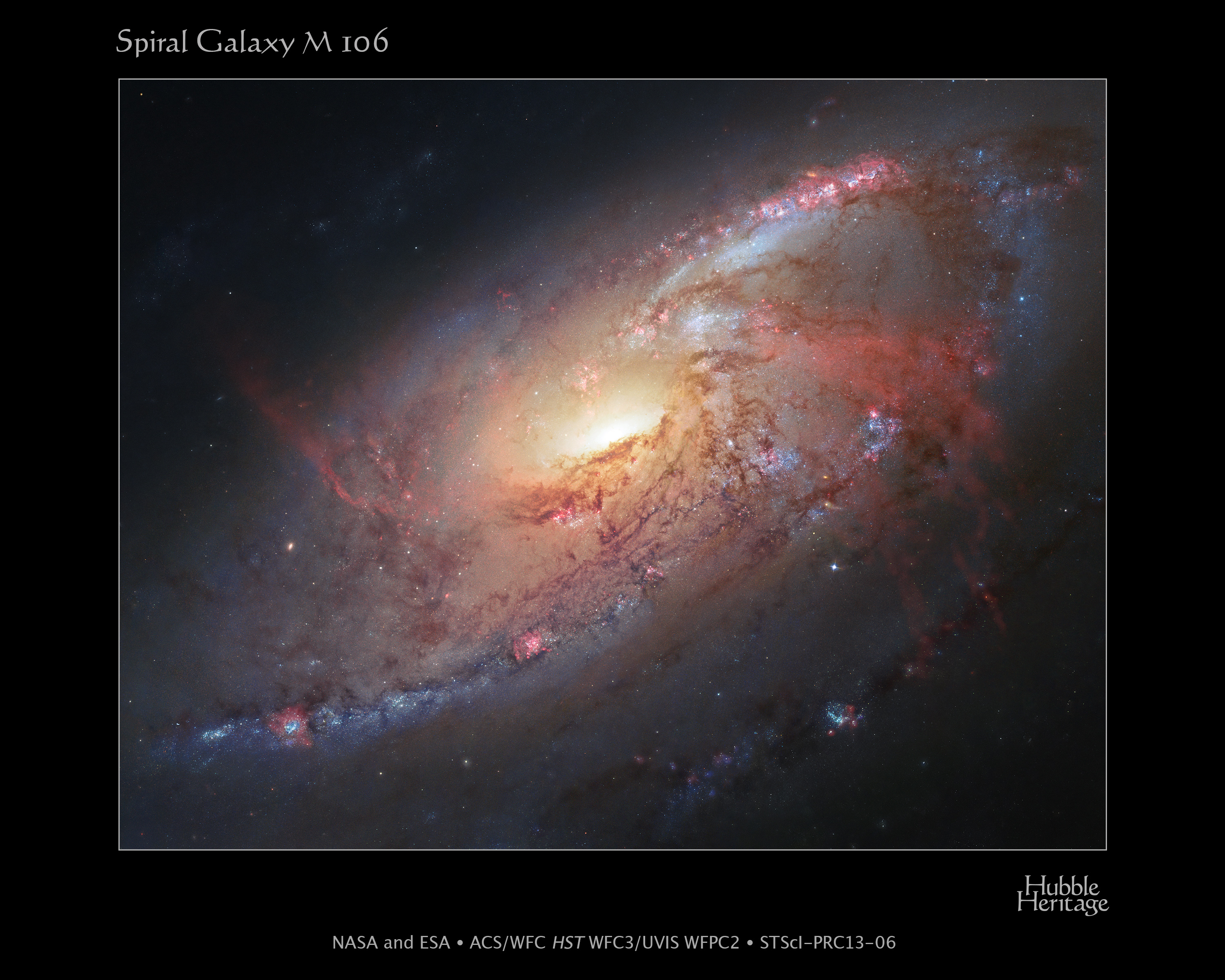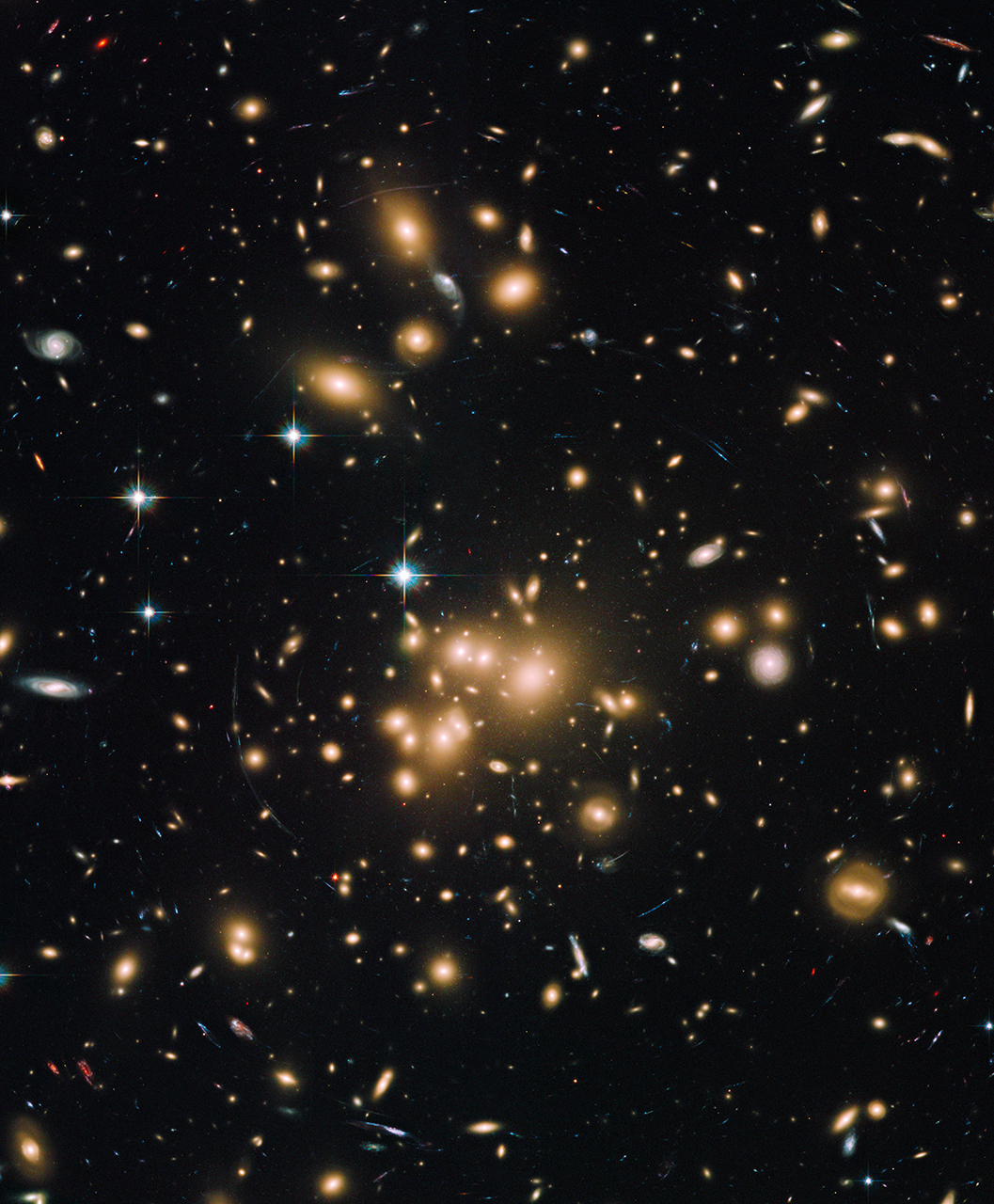



| Program Number | Principal Investigator | Program Title |
|---|---|---|
| 12893 | Ronald L Gilliland, The Pennsylvania State University | Study of Small and Cool Kepler Planet Candidates with High Resolution Imaging |
| 13058 | Kailash C. Sahu, Space Telescope Science Institute | Accurate Mass Determination of the Old White Dwarf G105-30 through Astrometric Microlensing |
| 13297 | Giampaolo Piotto, Universita degli Studi di Padova | The HST Legacy Survey of Galactic Globular Clusters: Shedding UV Light on Their Populations and Formation |
| 13298 | Richard M. Plotkin, University of Michigan | Radio-quiet Quasars with Extremely Weak Emission Lines: a New Perspective on Quasar Unification |
| 13309 | Yicheng Guo, University of California - Santa Cruz | UV Snapshot of Low-redshift Massive Star-forming Galaxies: Searching for the Analogs of High-redshift Clumpy Galaxies |
| 13332 | Seth Redfield, Wesleyan University | A SNAP Survey of the Local Interstellar Medium: New NUV Observations of Stars with Archived FUV Observations |
| 13352 | Matthew A. Malkan, University of California - Los Angeles | WFC3 Infrared Spectroscopic Parallel Survey WISP: A Survey of Star Formation Across Cosmic Time |
| 13398 | Christopher W. Churchill, New Mexico State University | A Breakaway from Incremental Science: Full Characterization of the z<1 CGM and Testing Galaxy Evolution Theory |
| 13401 | Claes Fransson, Stockholm University | A 3D view of the SN 1987A Ejecta |
| 13407 | Crystal Martin, University of California - Santa Barbara | COS Gas Flows: Challenging the Optical Perspective |
| 13412 | Tim Schrabback, Universitat Bonn, Argelander Institute for Astronomy | An ACS Snapshot Survey of the Most Massive Distant Galaxy Clusters in the South Pole Telescope Sunyaev-Zel'dovich Survey |
| 13442 | R. Brent Tully, University of Hawaii | The Geometry and Kinematics of the Local Volume |
| 13459 | Tommaso L. Treu, University of California - Los Angeles | The Grism Lens-Amplified Survey from Space {GLASS} |
| 13462 | Brian E. Wood, Naval Research Laboratory | Tracking the Winds of Red Giants from the Star to the ISM |
| 13463 | Kailash C. Sahu, Space Telescope Science Institute | Detecting and Measuring the Masses of Isolated Black Holes and Neutron Stars through Astrometric Microlensing |
| 13496 | Jennifer Lotz, Space Telescope Science Institute | HST Frontier Fields - Observations of MACSJ0416.1-2403 |
| 13517 | Matthew A. Malkan, University of California - Los Angeles | WFC3 Infrared Spectroscopic Parallel Survey WISP: A Survey of Star Formation Across Cosmic Time |
| 13611 | Nial R. Tanvir, University of Leicester | The nature of the low redshift ultra-long GRB130925A: core collapse or tidal disruption? |
| 13633 | John R. Spencer, Southwest Research Institute | A Kuiper Belt Object for the New Horizons Mission |
| 13748 | Luigi R. Bedin, Osservatorio Astronomico di Padova | Astrometric search for Planets in the closest Brown Dwarf Binary system Luhman 16AB |
| 13751 | Andrea De Luca, INAF, Instituto di Astrofisica Spaziale e Fisica | Imaging the Crab nebula when it is flaring in gamma-rays |
| 13863 | Dean C. Hines, Space Telescope Science Institute | Imaging Polarimetry of the 67P/Churyumov-Gerasimenko with ACS: Supporting the Rosetta Mission |
GO 13297: The HST Legacy Survey of Galactic Globular Clusters: Shedding UV Light on Their Populations and Formation
GO 13459: The Grism Lens-Amplified Survey from Space {GLASS}
GO 13633: A Kuiper Belt Object for the New Horizons Mission

Hubble Space Telescope images of the Pluto system, including the recently discovered moons, P4 and P5 |
The Kuiper Belt lies beyond the orbit of Neptune, extending from ~30 AU to ~50 AU from the Sun, and includes at least 70,000 objects with diameters exceeding 100 km. Setting aside Pluto, the first trans-Neptunian objects were discovered in the early 1990s. Most are relatively modest in size, with diameters of a few hundred km and photometric properties that suggest an icy composition, similar to Pluto and its main satellite, Charon. In recent years, a handful of substantially larger bodies have been discovered, with diameters of more than 1000 km; indeed, one object, Eris (2003 UB13), is slightly larger than Pluto (2320 km) and 25% more massive. We know the mass for Eris because it has a much lower mass companion, Dysnomia, which orbits Eris with a period of 16 days (see this recent press release ). Pluto itself has at least 5 companions: Charon, which is about 1/7th the mass of Pluto, and the much smaller bodies, Hydra, Nix, P4 and P5 discovered through HST observations within the last few years. The New Horizons Mission was launched on January 19th 2006 with the prime purpose of providing the first detailed examination of Pluto. The Pluto encounter represents the first phase of the originally-proposed mission. Following the fly-by, set for Bastille day in 2015, the aim is to re-direct New Horizons towards one or more smaller members of the Kuiper Belt, with the goal of providing a closer look at these icy bodies. However, New Horizons needs to identify an appropriate target - a KBO with orbital parameters such that New Horizons can use its modest complement of remaining fuel to reach the target. Adding a further complication, Pluto happens to lie within 5 degrees of the Galactic Plane and the consequent high star density has proven a barrier to deep ground-based searches. As a consequence, the New Horizons team was awarded Hubble time to search an area roughly the size of the full moon for a suitable target. These observations are significantly deeper than previous surveys, and as a result will lead to a better understanding of the size distribution of smaller objects (< 20 km diameter) in the Kuiper Belt. |
GO 13863:Imaging Polarimetry of the 67P/Churyumov-Gerasimenko with ACS: Supporting the Rosetta Mission